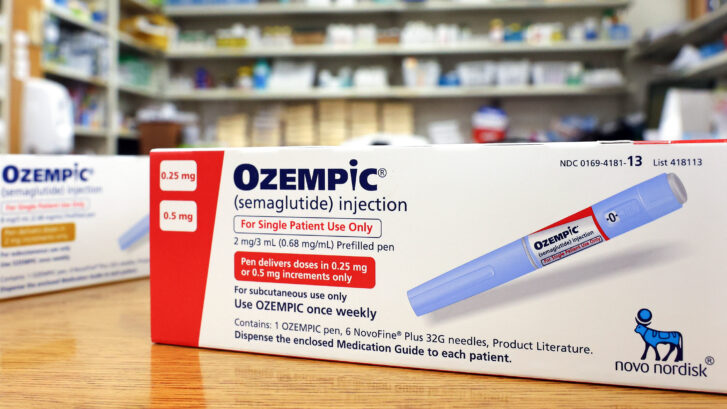Understanding the Safety of Ozempic: Addressing Concerns About Mental Health
In our ongoing efforts to keep you informed and reassured about the medications and treatments we recommend, our primary care doctors in Jupiter want to address some recent concerns that have emerged regarding the use of certain medications for diabetes and obesity, specifically Ozempic and related drugs.
Recently, there has been a thorough review by the European Medicines Agency (EMA) and the U.S. Food and Drug Administration (FDA) to investigate potential mental health side effects, including the risk of suicidal thoughts or actions, associated with GLP-1 receptor agonists like Ozempic and Wegovy. This review was prompted by anecdotal reports suggesting that some individuals might experience negative mental health effects while on these medications.
Findings from Regulators:
- European Medicines Agency: On April 12, the EMA concluded that there is no evidence linking Ozempic and similar medications to an increased risk of suicidal thoughts or actions. This conclusion was based on a comprehensive review of available studies, post-marketing data, and other research concerning these drugs.
- U.S. Food and Drug Administration: Similarly, the FDA has also found no evidence that the use of Ozempic and other GLP-1 receptor agonists causes suicidal thoughts or actions. Their ongoing analysis seeks to provide even more definitive answers, but so far, the data is reassuring.
Moreover, a recent federally funded study found that individuals taking semaglutide, the active ingredient in Ozempic, actually had a lower risk of suicidal thoughts compared to those on other treatments for obesity and diabetes.
What This Means for You:
Our priority is your health and well-being, which includes both physical and mental health aspects. The findings by these regulatory authorities are crucial in helping us understand and mitigate any potential risks associated with the medications we prescribe.
Continued Vigilance:
While these findings are reassuring, we remain vigilant. If you or someone you know is undergoing treatment with these medications and experiences any form of distress or unusual psychological symptoms, it is important to speak up. Do not hesitate to contact our office or make use of resources like the 988 Suicide & Crisis Lifeline, which offers free and confidential emotional support 24 hours a day.
Conclusion:
Medications like Ozempic are important in managing diabetes and obesity, conditions that carry significant health risks. Understanding and mitigating any potential side effects, including psychological ones, is a critical part of managing these conditions effectively.
Thank you for entrusting us with your care. We are here to support you, not just in managing your physical health, but in ensuring your overall well-being.
For more information or support:










